
Photos like these are worth a thousand words. Their absolute dedication and kindness, is what makes people heroes. Many of them work at the International Animal Rescue. They’ve saved countless lives and are still doing it, with the help of volunteers and funds from people all over the world. Their stories are sad, but most of them end with rehabilitation and releasing the wildlife.
Overcoming the tragedy of the ravaged homes of the orangutans, the rescue group gives them a happy ending…
20. Destroying the Natural Habitats
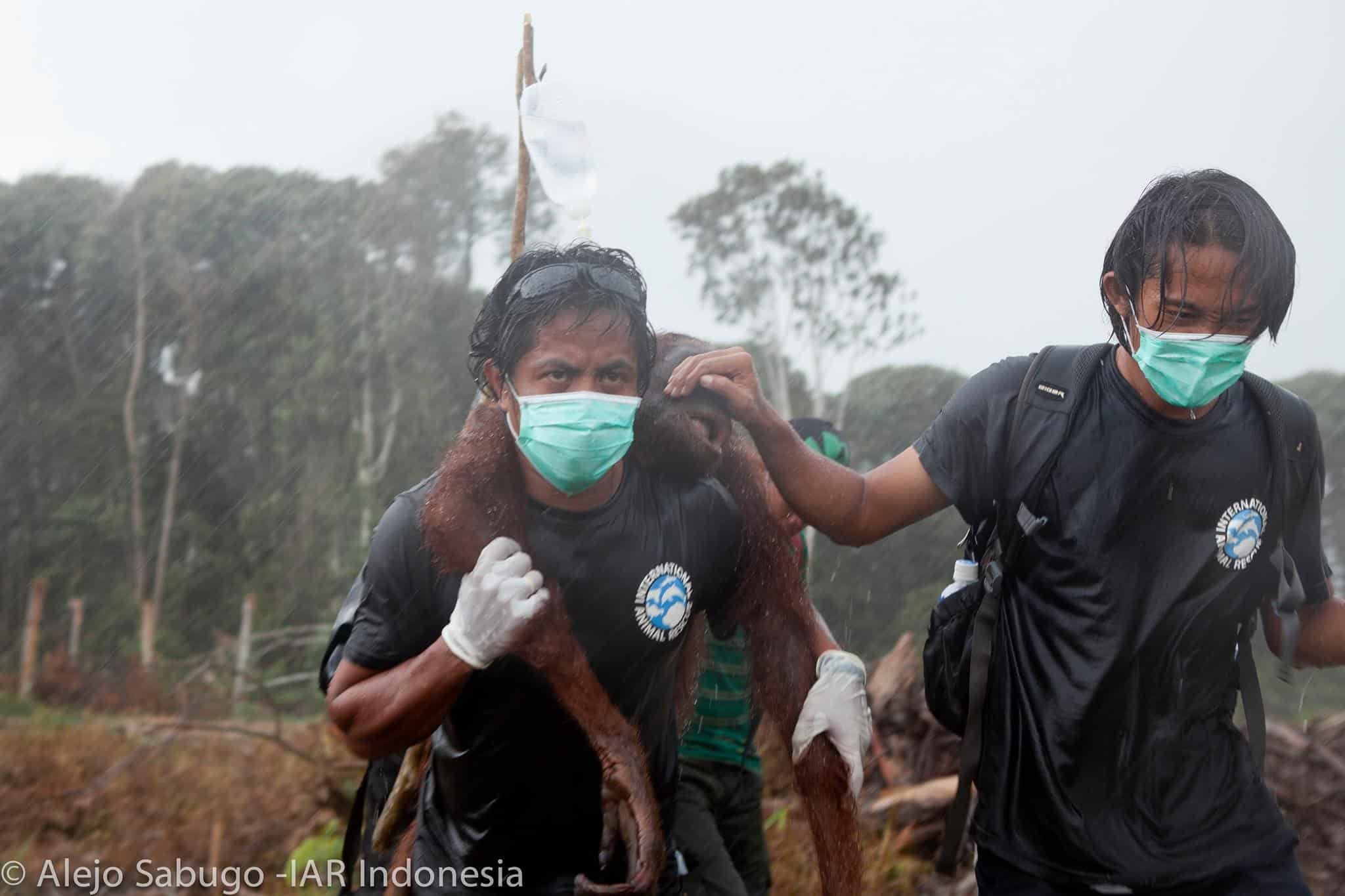
Back in 2013, Syifa Sidik and Argitoe Ranting, the men in the iconic photo rescued many orangutans after their home was destroyed to make room for palm oil plantations… Two years later, their new home was destroyed again…
19. Forest Fires
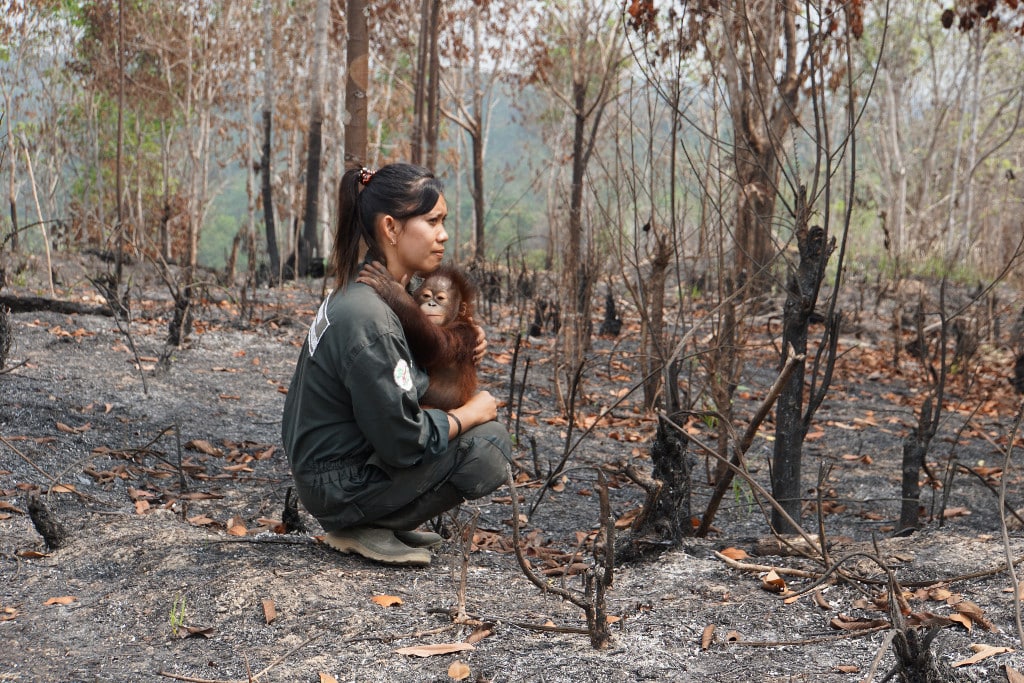
The new homes of many orangutans were again destroyed, two years later, after they were finally safe. Lis Key, of IAR stated that the rescue team ‘has had to contend with smog, smoke and fires,’ to save the poor animals. But they finally find them new homes.
18. An Insecure Future
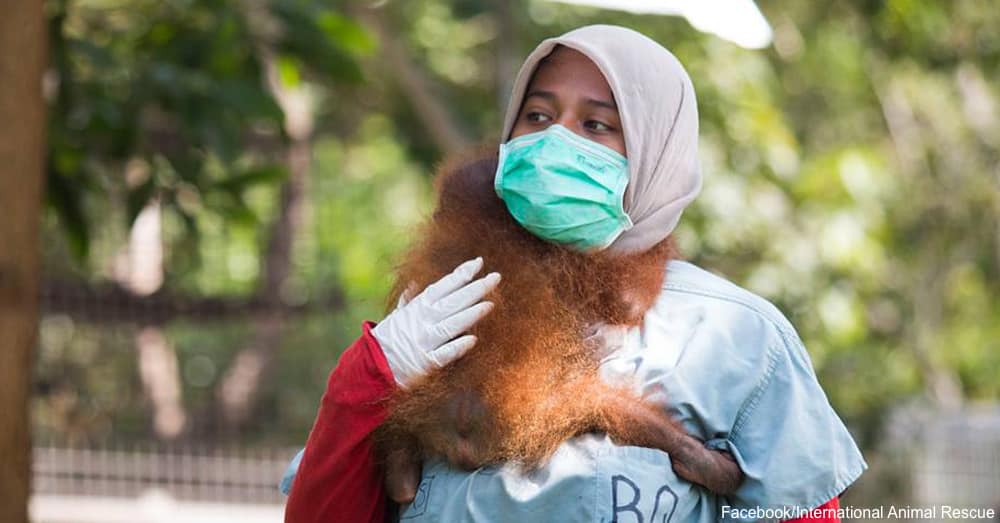
‘The future of orangutan populations will never be secure without the involvement and commitment of the palm oil industry to protecting sufficient habitat for them to survive and to thrive,’ added Lis Key.
17. A Wake-Up Call
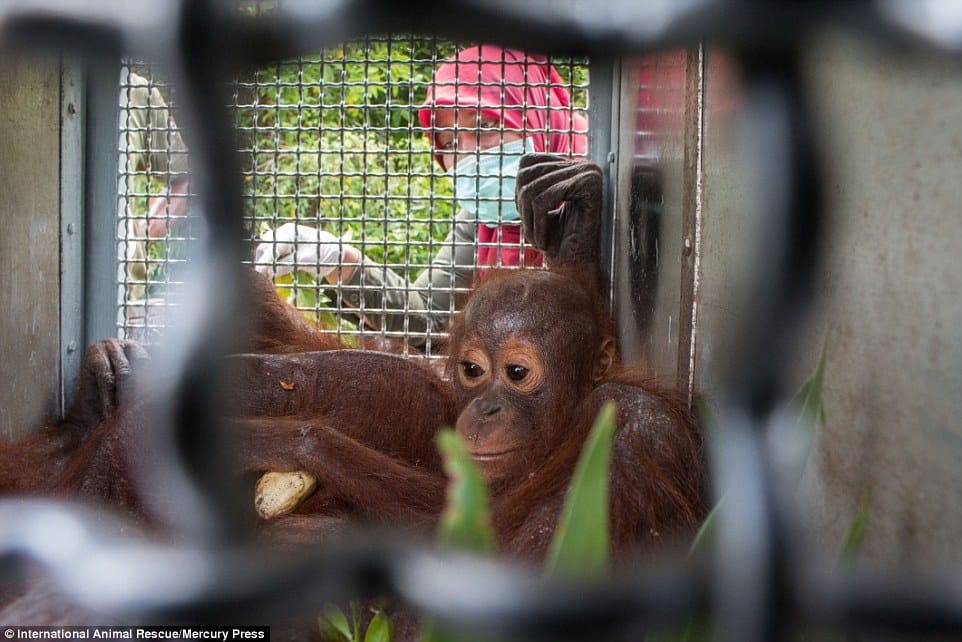
Lis explained that fires in Indonesia should be a wake-up call for the people responsible for allowing devastation and that those people must act to prevent such terrible events. Bornean Orangutans are an endangered species!
16. Their Numbers Are Small
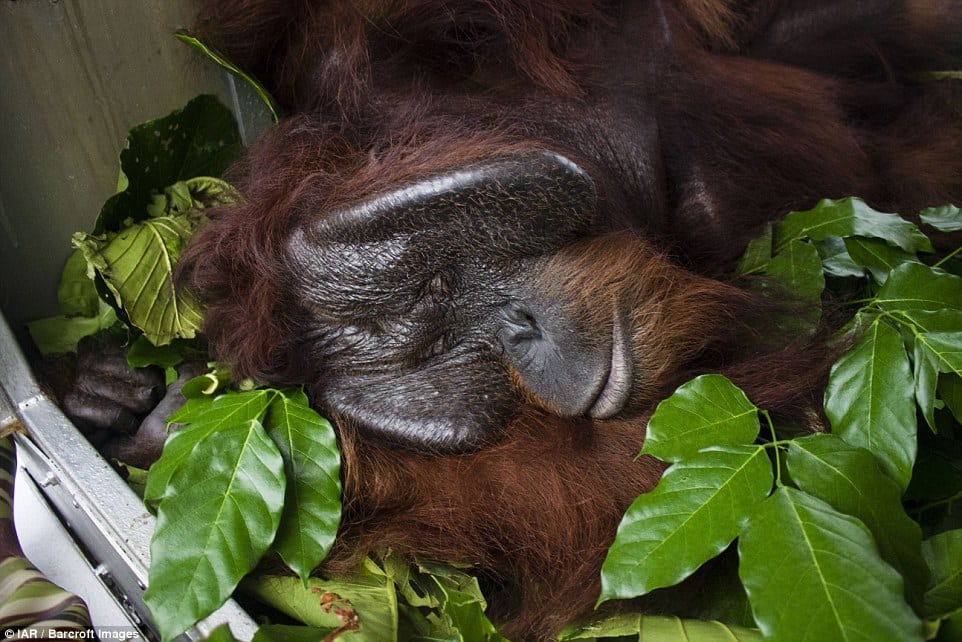
There are only 45,000-69,000 Bornean Orangutans in the wild. Their homes were devastated by illegal cutting of trees, fires, mining, and oil palm plantations. In just 60 years, the population has declined by 50%!
15. Mata from Sei Mata-mata
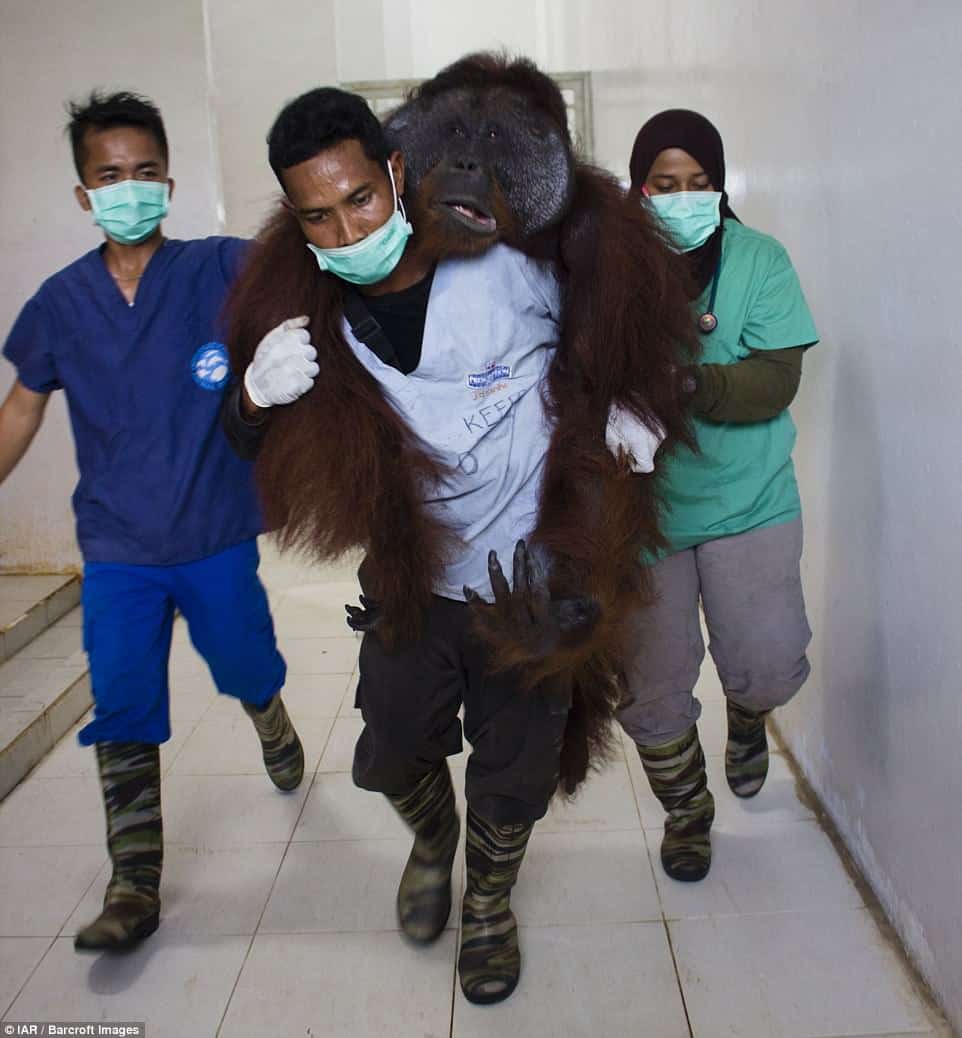
Among the victims of the fire, there was an adult male orangutan called Mata – after the name of the village where he was rescued from (Sei Mata-mata). His home was decimated by fire. But soon something amazing happened…
14. Mynah, the Farmland Survivor
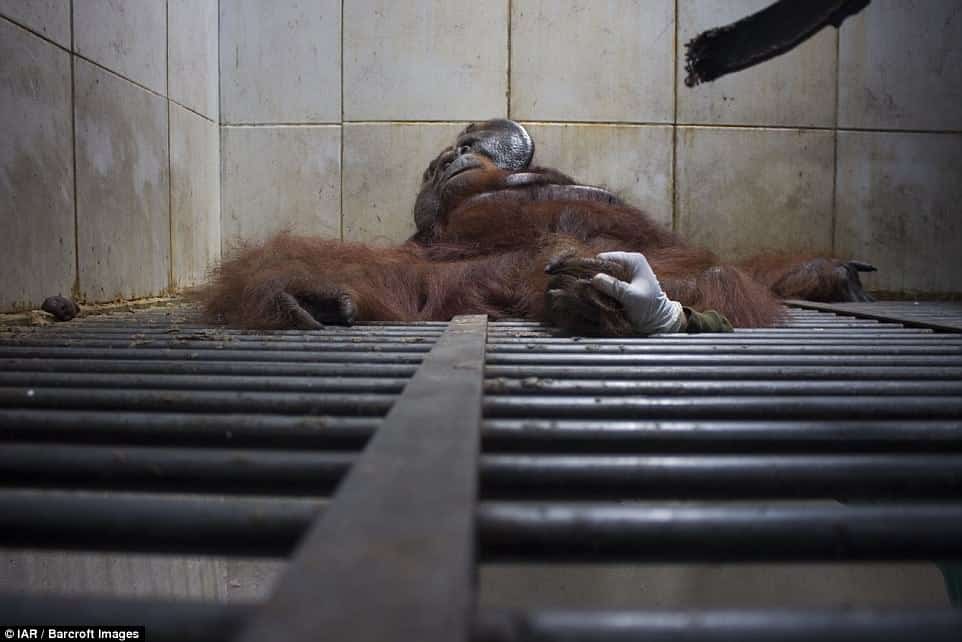
Mynah was rescued from the Tanjungpura village, which was close to the IAR center in Ketapang. These two were among the 50 orangutans saved from the burning forest. This is what the CEO of IAR said…
13. The National Park
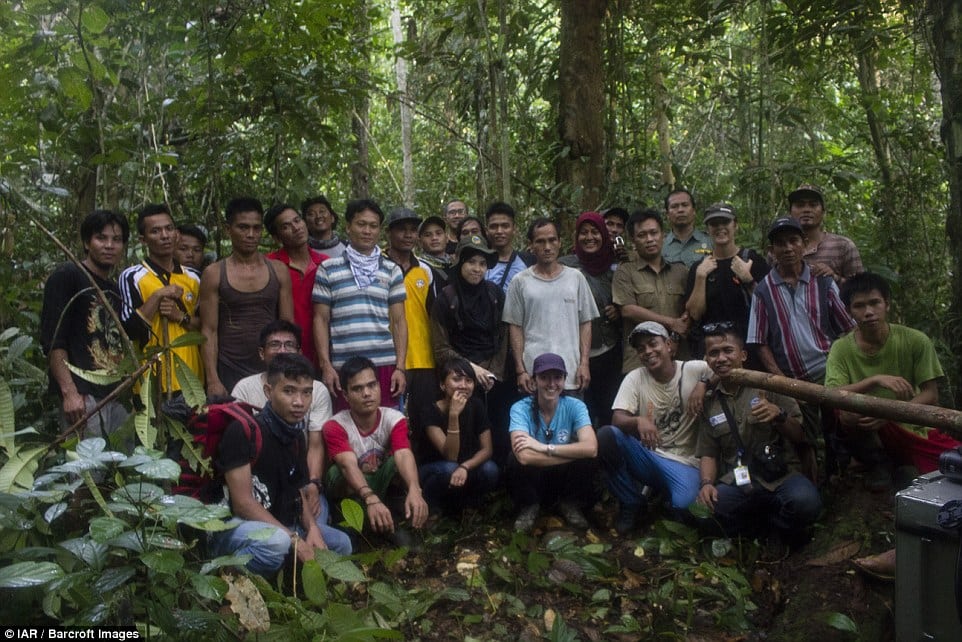
Alan Knight is the CEO of International Animal Rescue. He explains that the ‘team has rescued nearly 50 orangutans from the burnt forest. The National Park provides the prospect of a safe haven for these survivors…’
12. A Glimpse of Hope

Hoping to save the species, Knight continued saying that they are already planning to find a way and ‘cope with further fires during the year ahead and appealing for funds from the public to help us save more orangutans if their forest home is destroyed.’
11. Dramatic Scenes
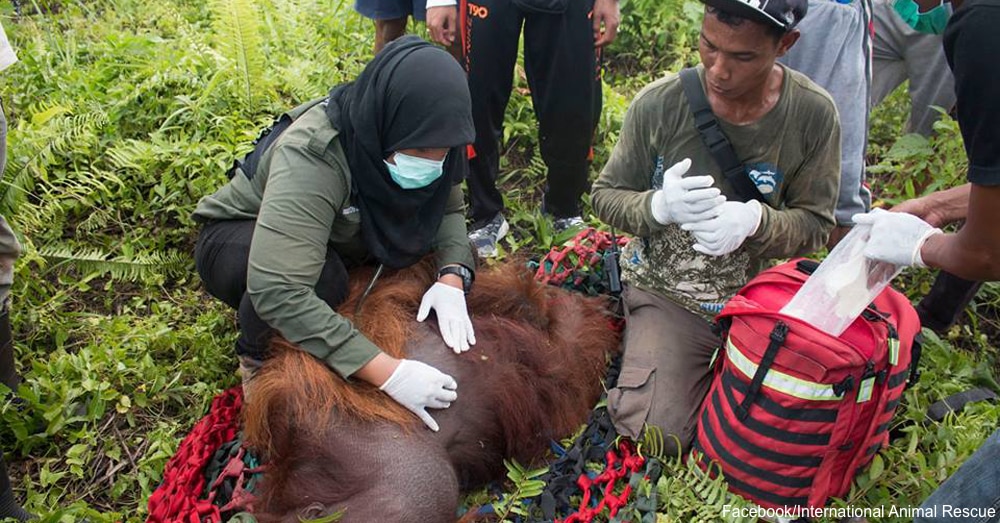
The team that reached the burning forest have seen dramatic scenes, where apes suffered from the loss of their home. No more trees to live in, and no more food meant starvation, and many of the animals would have wasted away…
10. Mothers and Babies
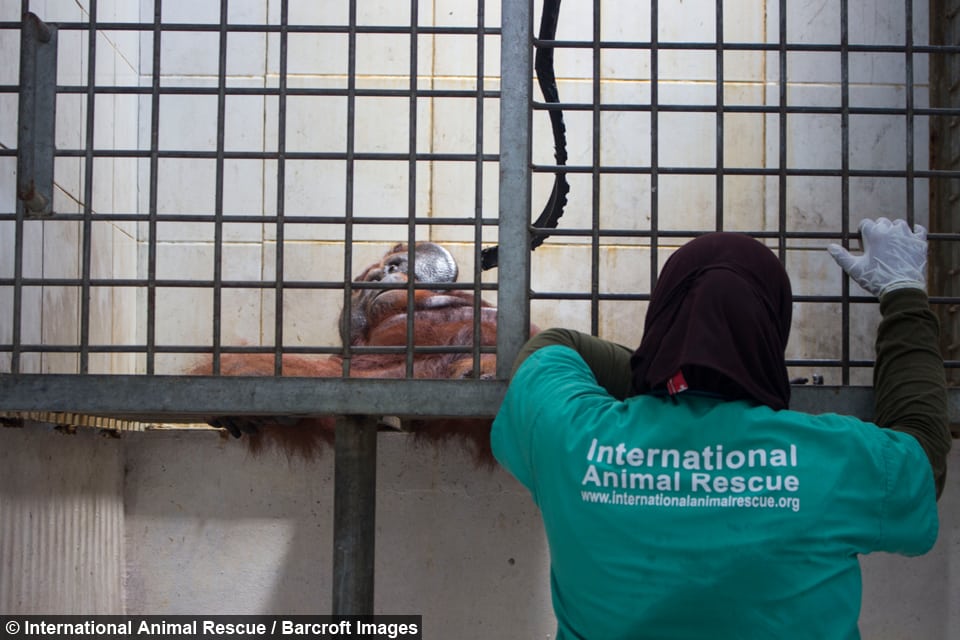
Large orangutans and mothers with their babies were saved from the cremated wilderness. It was time to gather them all, treat them and release them in a safer habitat, one with trees and food.
9. Stealing Bananas
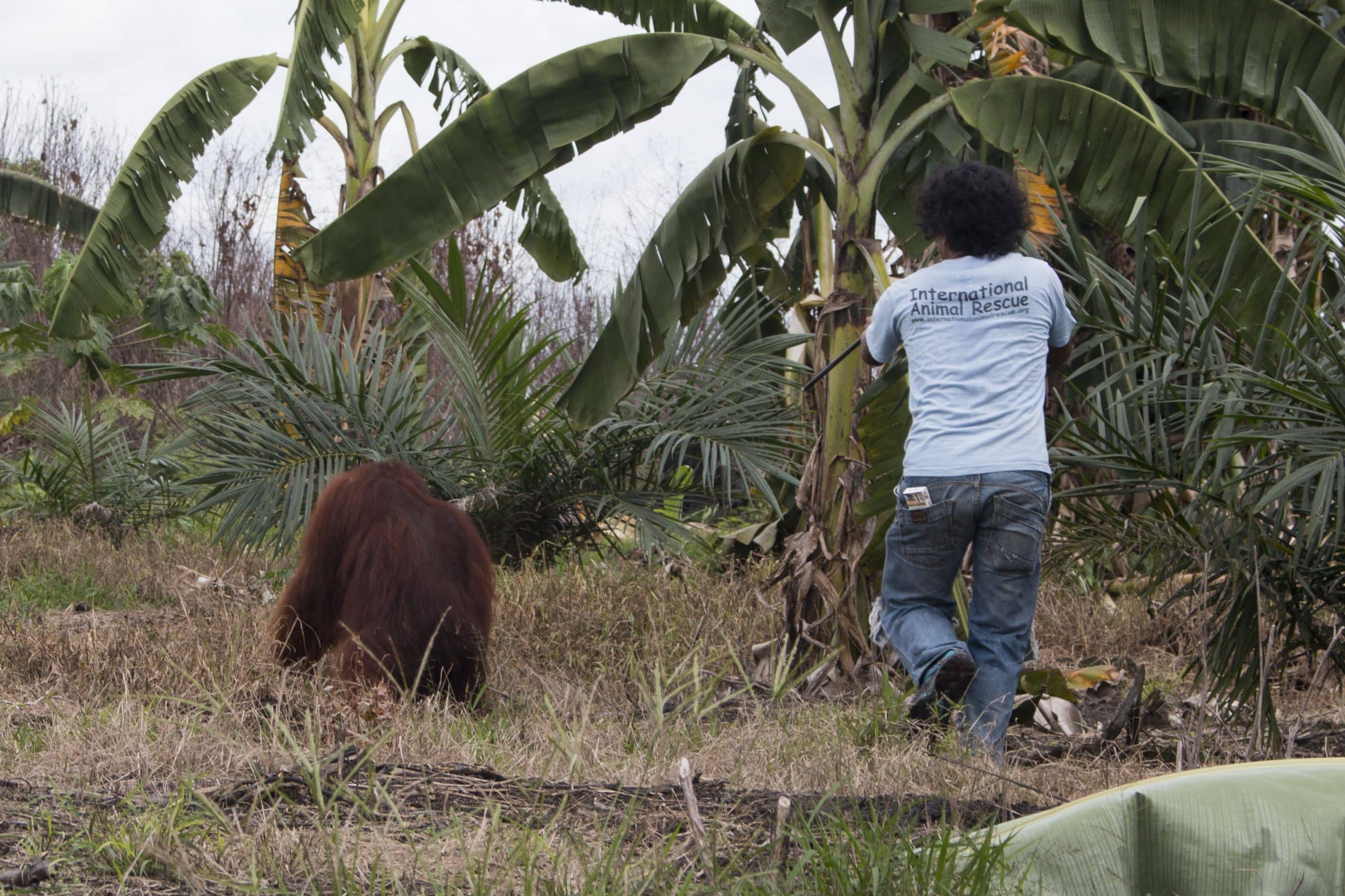
Mata was found by villagers feeding on their banana crop after the forest was turned to ash. Thankfully, instead of hurting him, they called the IAR. When the team came to get him, he was trying to hide under the banana leaves…
8. A Sad Image

Gail Campbell-Smith is the programme manager of IAR Indonesia. She said that ‘a magnificent orangutan like Mata that should be traveling in the top of the canopy but instead has to drag itself across the ground, struggling even to find a standing tree suitable to make a nest.’
7. The Human-Orangutan Conflict
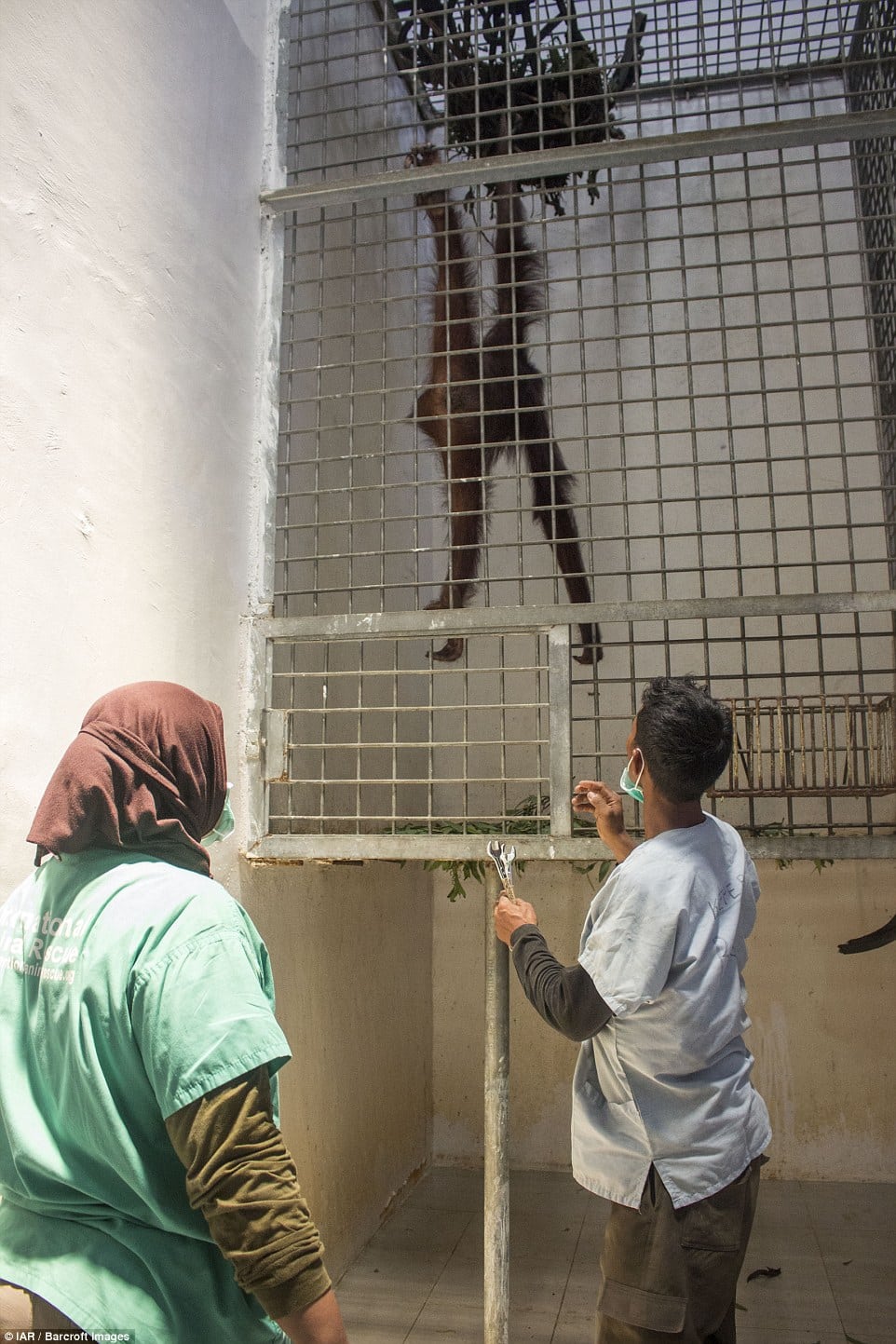
The problem is that if their home is being wiped out, the human-orangutan conflict will also increase. ‘Orangutans are in danger of being killed by farmers as they enter their land in search of food,’ explained Gail Campbell-Smith.
6. A New Life
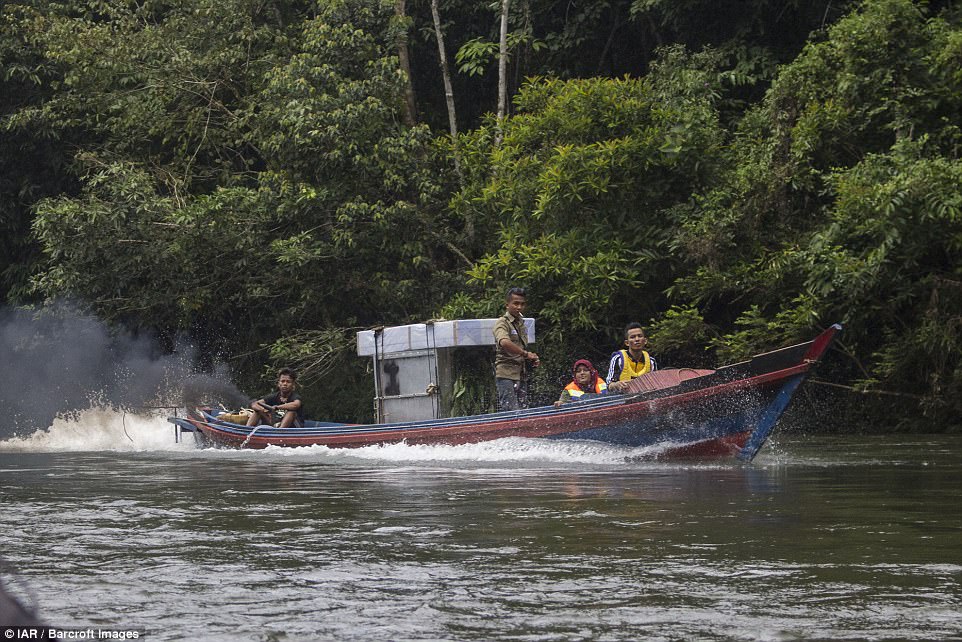
But this much determination and sacrifice from the amazing people at International Animal Rescue would soon be repaid, says Alan Knight: ‘these orangutans now stand a chance of a new life in a new location.’
5. Months of Treatment
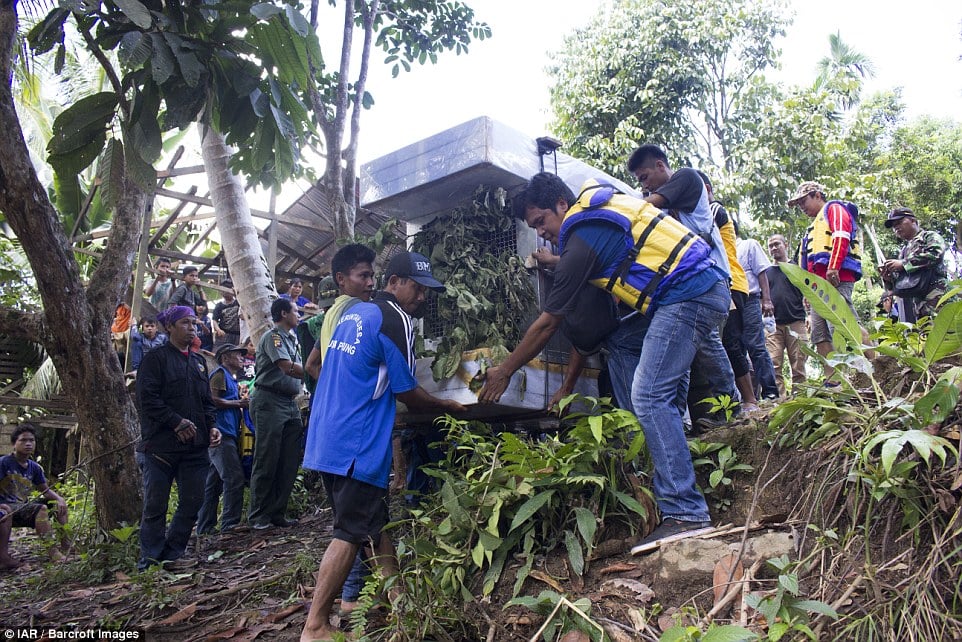
Both Mata and Mynah received months of treatment, and they were finally ready to get their new life. After a long drive to the village of Mengkilau, they went upstream in boats, deep into the jungle…
4. Buki Baka Bukit Raya National Park

In west Borneo, at the Buki Baka Bukit Raya National Park, Mata and Mynah would start a new life, safe from fires and villagers. The rescue team opened the crates and let the orangutans take in the new surroundings.
3. Free Once Again
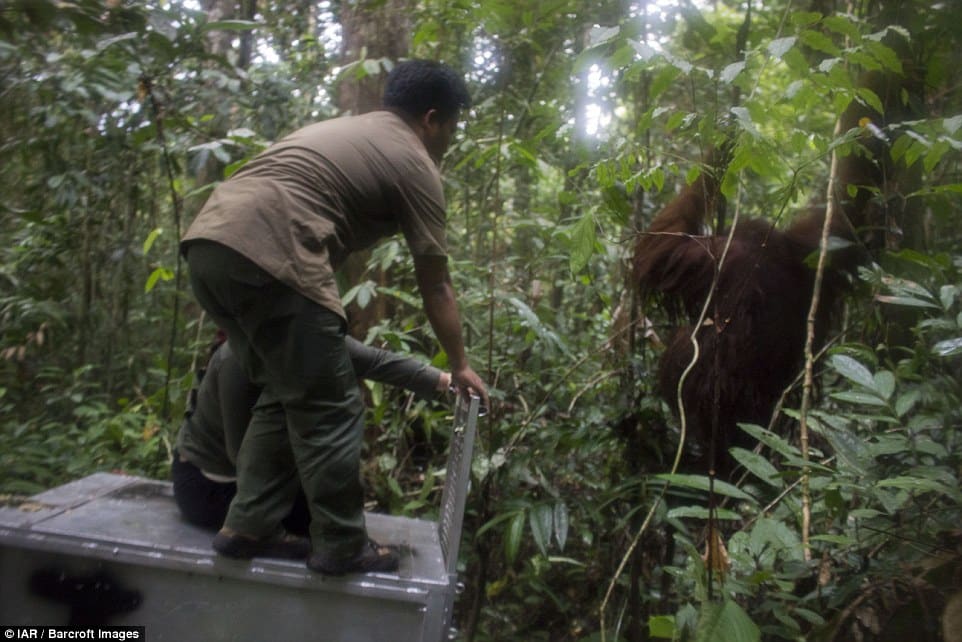
As soon as they saw the cages opening, Mata and Mynah jumped to the nearest trees. Finally, they were going to swing from the treetops! ‘This is a momentous event for our team in Indonesia,’ Alan Knight said.
2. Every Life Counts
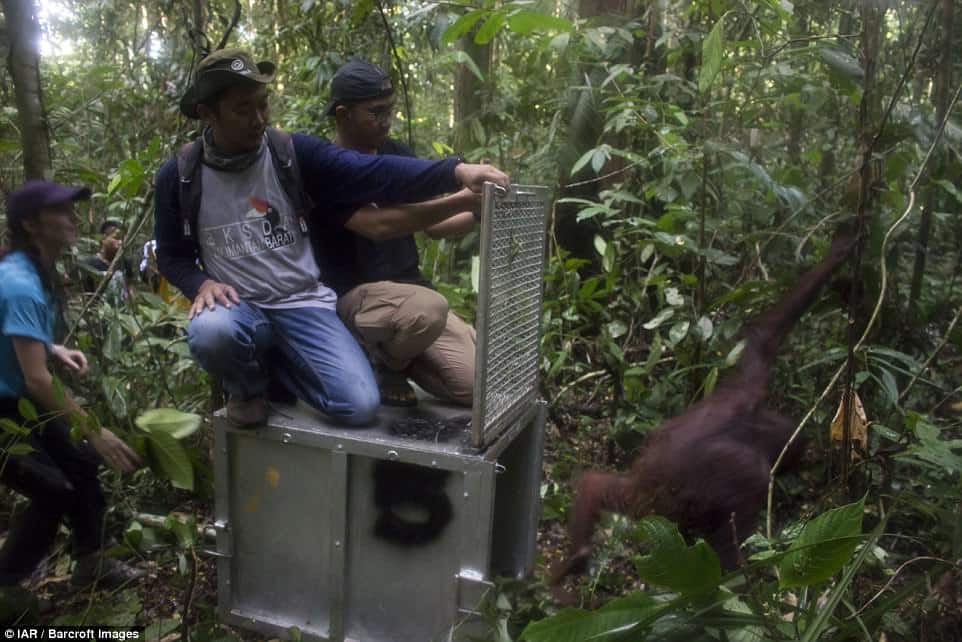
‘Every individual like Mynah and Mata counts and every orangutan that we return to the wild can contribute to the conservation of the population as a whole,’ said Lis Key. The people of Mengilau and Juoi villages celebrated the release with traditional Dayak Ransa tribe ceremonies.
1. A Safe Home
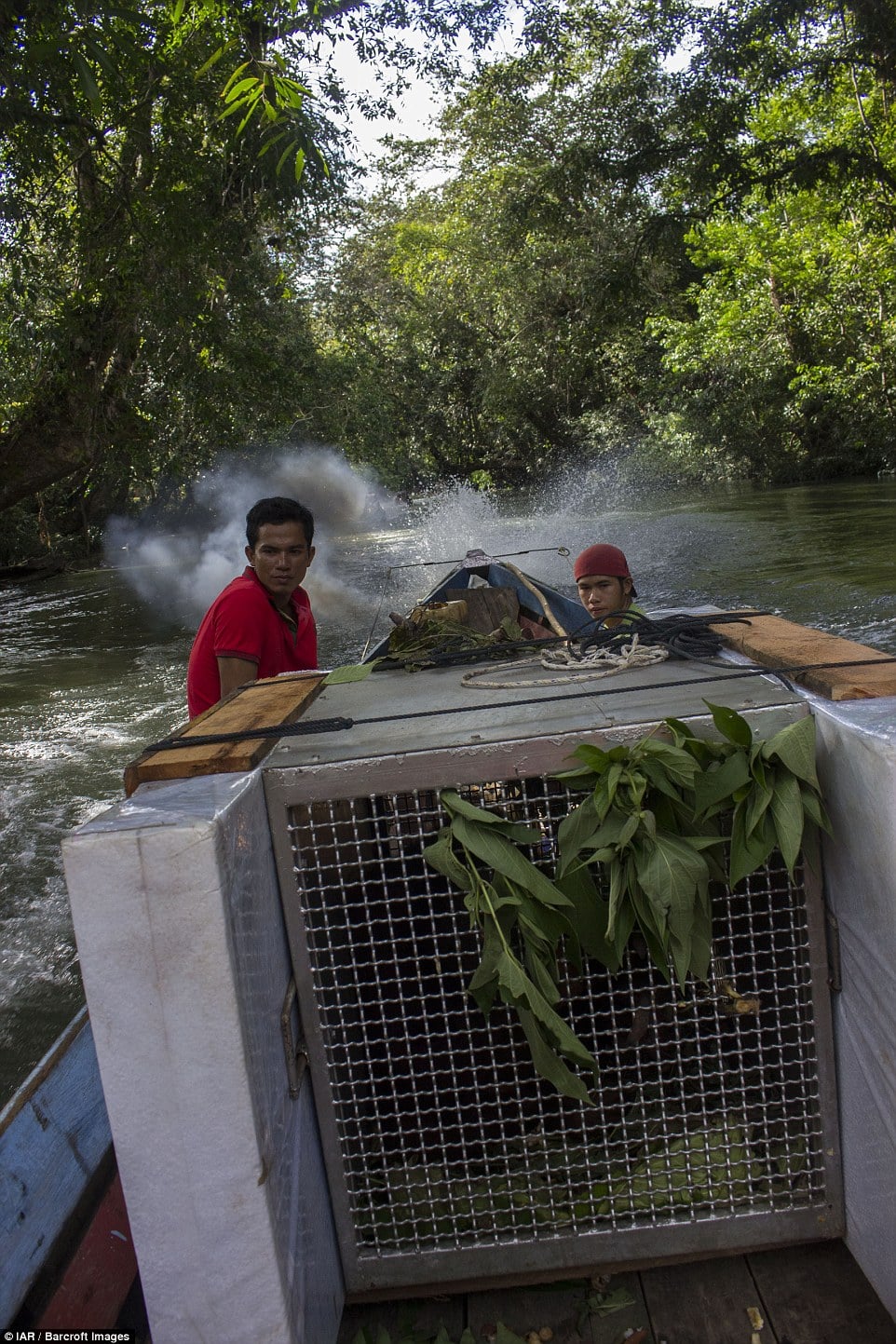
IAR programme director Karmele Llano Sanchez explained that Mentatai is an area in the national park that has a low population of orangutans, and it’s very far from human settlements, ‘reducing the likelihood of conflict between local communities and orangutans.’








